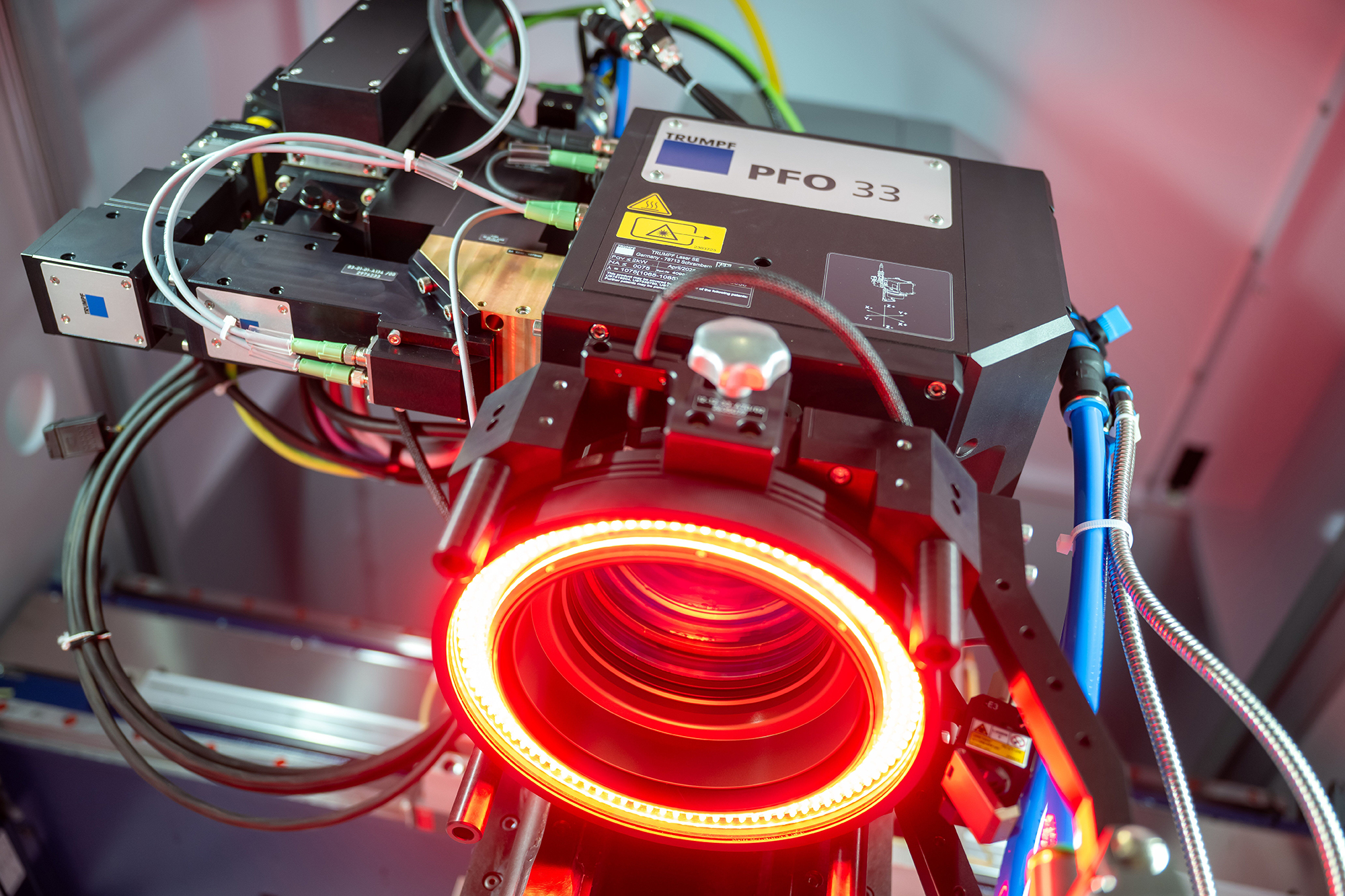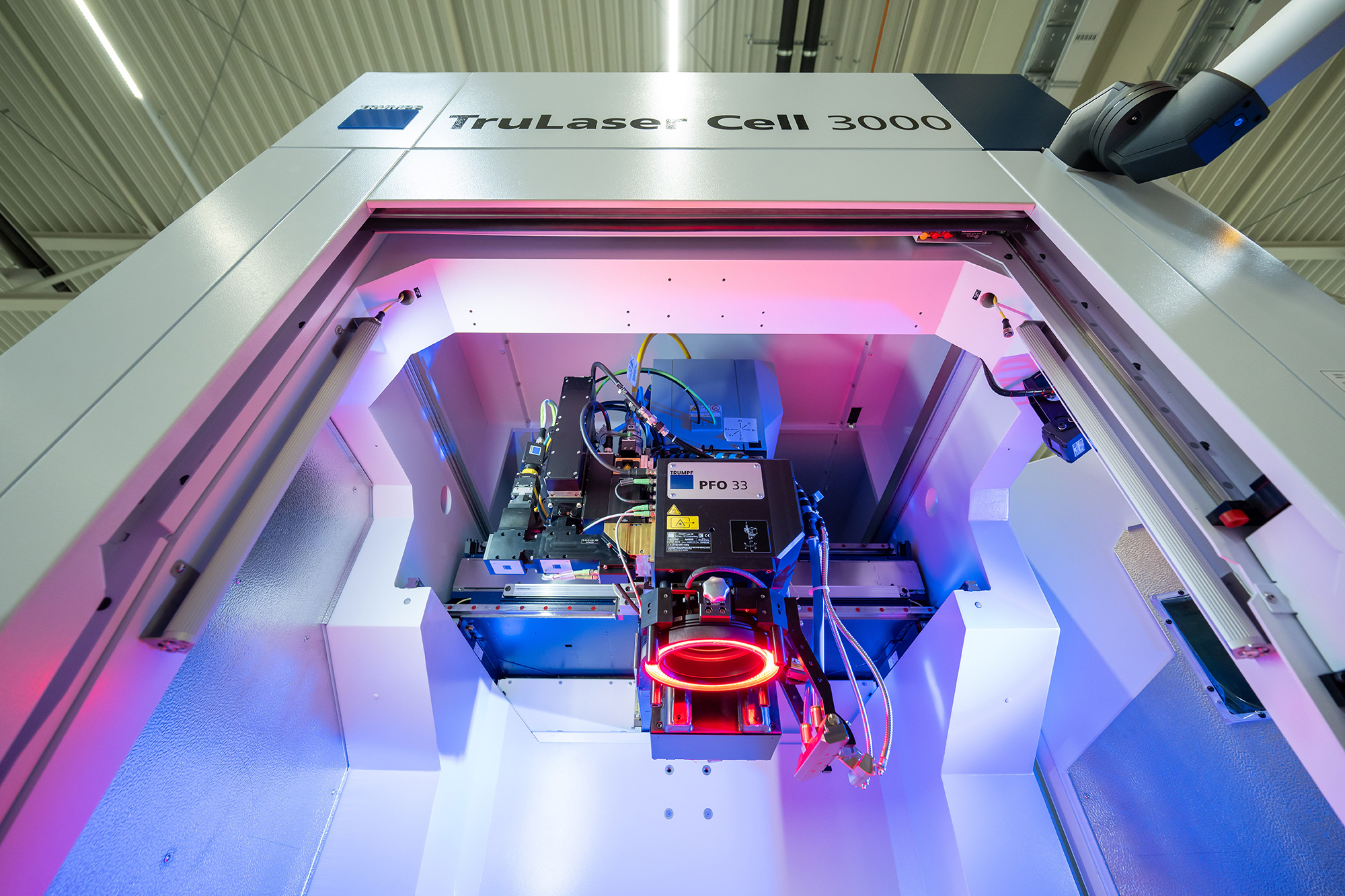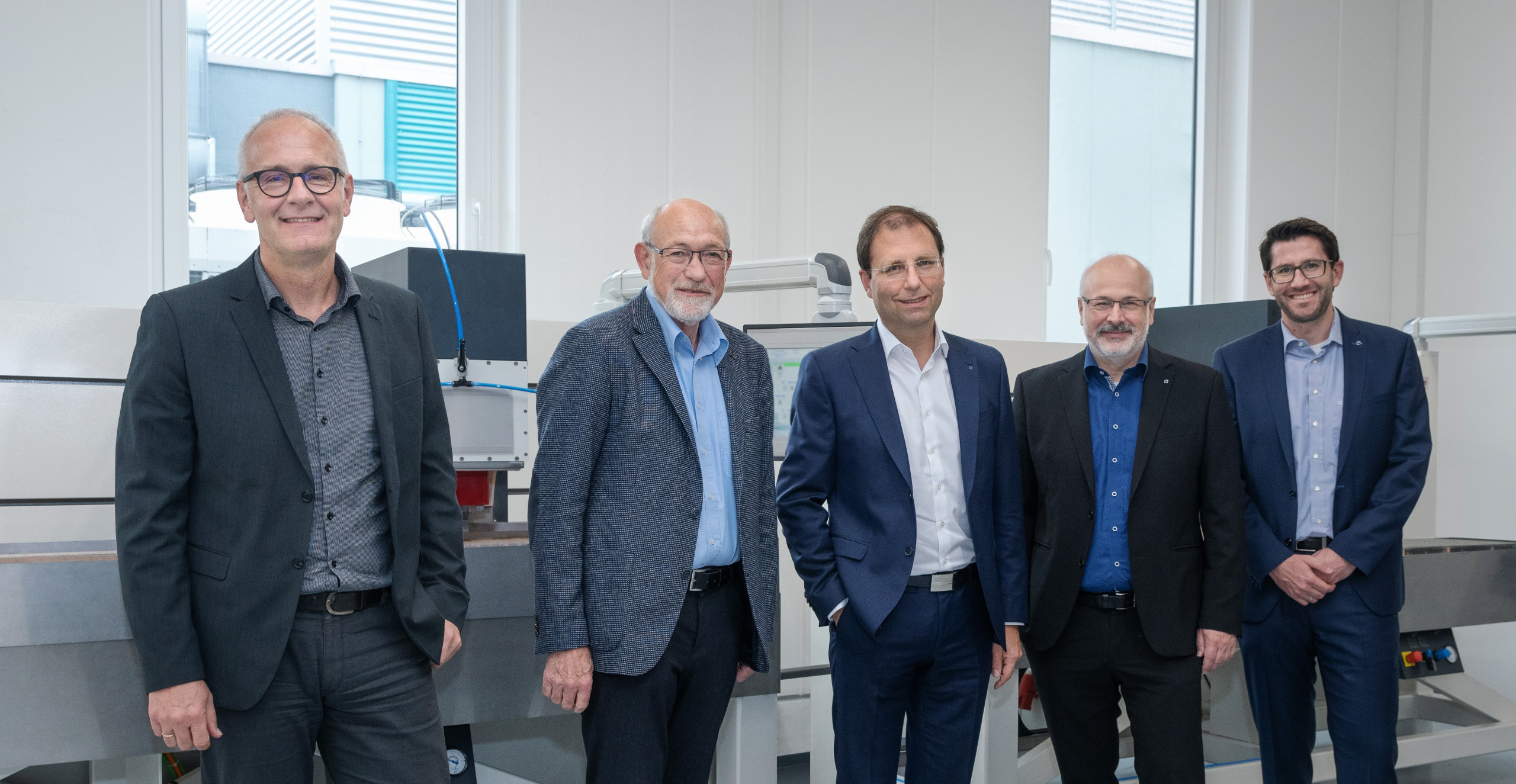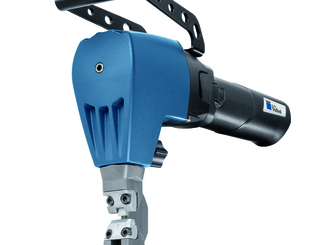
Trumpf has developed a new system solution with which users can increase the quality and efficiency of welding. The high-tech company is showcasing the system solution at the world’s leading trade fair Laser – World of Photonics in Munich.
The Trumpf solution combines several sensor systems that monitor all process steps during laser welding. For example, an integrated AI quality control checks the weld seams and an OCT (optical coherence tomography) checks the welding depth of the laser. “Our solution is unique on the market. Trumpf offers all components such as the beam source, sensors and optics from a single source. We also take care of the installation, service and programming of the system, which is tailored to the user. Our customers can dispense with additional interfaces and do not have to coordinate with different suppliers,” emphasizes Martin Stambke, Product Manager at Trumpf.

© Trumpf
Cost-efficient and powerful
Users can use the solution to weld precise components where no defects are allowed, such as batteries for electric cars or hairpins for electric motors. For flawless weld seams, the user must set the optimum working distance between various components and the laser. This is made possible by the programmable focusing optics PFO 33, which can independently adjust the focus position of the laser.
“In many applications, this so-called 2.5D operation is more cost-effective than 3D operation, in which the PFO can still move up and down during the welding process. This is because less complex controls and programming as well as fewer moving axes reduce acquisition, operating and maintenance costs for the user. It is also faster if the optics adjust the focus position themselves than moving the entire optics up and down in the laser cell. Our solution is therefore cost-efficient, but still powerful,” explains Martin Stambke.
Better weld seam quality from the first component
With the integrated optical coherence tomography (OCT), users can not only monitor the welding depth of the laser, but also check the distance between the laser and the component. “This ensures the focus position of the laser and prevents welding errors,” says Martin Stambke.
VisionLine Inspect checks the quality of the manufactured components. A camera takes a picture of the weld seam and the system uses artificial intelligence to detect possible defects. By combining AI pre-processing and conventional algorithms, Trumpf creates traceability and transparency.
Web:
www.trumpf.com



